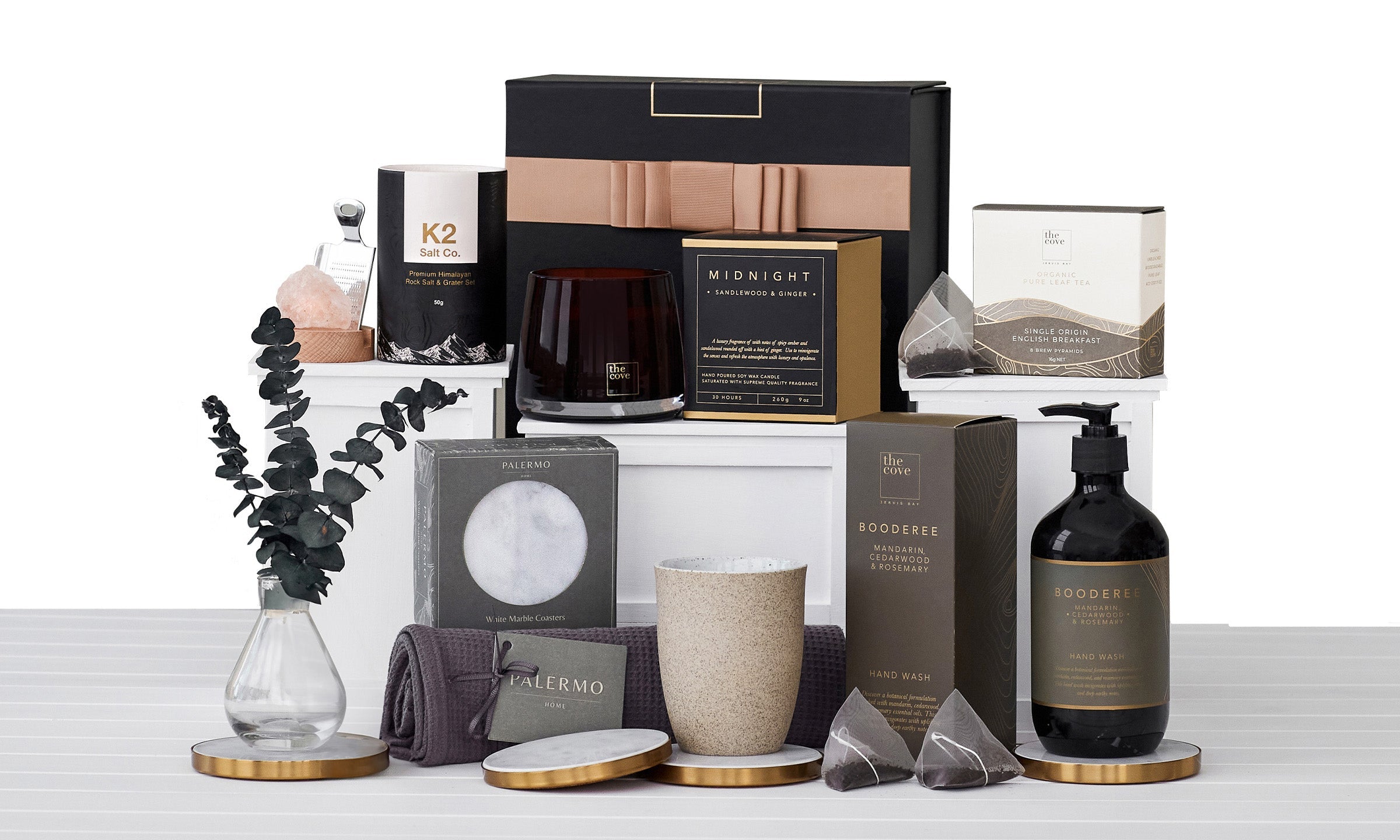Choosing packaging that’s kind to the planet and kind to your budget can feel like trying to find a needle in a haystack. You want a solution that protects delicate ceramics, keeps linens from turning into a tumble of fluff, and still looks good enough to make your customers feel like they’re opening a luxury gift. This guide will walk you through the essentials of selecting cost‑effective eco‑friendly packaging for homewares hampers, from material science to supplier savvy, all while keeping your wallet and the Earth smiling.
Understanding the Basics of Eco‑Friendly Packaging
What Makes Packaging “Eco‑Friendly”?
Not every green label means the same thing.
- Recycled content: Paper or cardboard made from post‑consumer waste. Renewable resources: Bamboo, cornstarch, or hemp. Low carbon footprint: Materials that require less energy to produce. End‑of‑life options: Compostable or recyclable at the point of disposal.
When you ask a supplier, look for clear explanations of Helpful site these criteria rather than vague “green” claims.
Cost Factors You Shouldn’t Overlook
It’s tempting to assume that eco‑friendly automatically means expensive, but that’s often a myth.
- Bulk discounts: Ordering larger quantities can bring unit costs down dramatically. Material efficiency: Thinner walls or lighter weights reduce shipping costs. Supplier reputation: Established eco‑packagers often have streamlined processes that lower overhead.
Remember: the cheapest option today may cost more in the long run if it damages products or requires extra handling.
Types of Sustainable Materials for Homeware Hampers
Recycled Paper and Cardboard
Recycled cardboard is the workhorse of eco packaging.
- Pros: Widely available, strong, and inexpensive. Cons: Can absorb moisture if not properly treated. Best use: Light to medium‑weight items like glassware or small decor pieces.
Biodegradable Plastics
VintageMade from plant‑based polymers, these plastics break down faster than conventional PET.
- Pros: Flexible, moisture‑resistant, and great for oddly shaped items. Cons: Often pricier and may require special composting facilities. Best use: Protective wraps for fragile ceramics or decorative jars.
Natural Fibers and Plant‑Based Options
Materials such as hemp, jute, and bamboo offer a rustic aesthetic.
- Pros: Strong, biodegradable, and often visually appealing. Cons: Limited in terms of shape flexibility. Best use: Gift bags for linens or scented candles.
> “The best packaging is the one that protects the product and leaves a positive environmental footprint.” – Sustainability Packaging Expert
Matching Material to Product: Size, Weight, and Protection
Size Matters: Choosing the Right Box Dimensions
A box that’s too big is a waste of material and shipping space.

- Measure the longest dimension of your product. Add a 1‑inch buffer on each side for cushioning. Use a standard size whenever possible to reduce waste.
Weight and Cushioning: Avoiding Over‑Shipping
Heavy boxes cost more to ship, but too light and you risk damage.
- Use lightweight, high‑strength cardboard for heavier items. Add natural fillers like shredded paper or recycled foam to absorb shocks without adding bulk.
**Rhetorical question: Have you ever opened a hamper that felt like a gentle hug versus one that rattled like a shaken soda bottle?

Supplier Selection: Finding the Right Partner
Certifications and Transparency
Look for suppliers with recognized eco‑certifications:
- FSC (Forest Stewardship Council) for paper. BPI (Biodegradable Products Institute) for compostable plastics. ISO 14001 for overall environmental management.
These labels are not just buzzwords; they guarantee a certain level of sustainability compliance.
Bulk Ordering and Pricing Strategies
- Negotiate volume : Even a 10% discount on a large order can save thousands. Ask about material mix : Some suppliers offer hybrid solutions—e.g., recycled cardboard with a biodegradable lining—that balance cost and performance. Request samples : Test the durability and look before committing to a full order.
Practical Tips for Reducing Packaging Waste
Reuse and Recycle in Your Workflow
- Repurpose old boxes : Clean and sterilize them for future shipments. Implement a return policy : Encourage customers to send back packaging for recycling. Track usage : Identify patterns that lead to over‑packaging and adjust accordingly.
Smart Labeling and Branding
- Use water‑based inks that are easier to remove during recycling. Keep labels minimal: a single logo and a short message can be just as effective as a full banner. Consider digital packaging : QR codes that link to a product page reduce the need for physical brochures.
Now that you’ve got the roadmap, it’s time to roll up your sleeves, measure those dimensions, and start ordering. The Earth will thank you, your customers will appreciate the care, and your budget will feel lighter than a feathered pillow. Happy packaging!